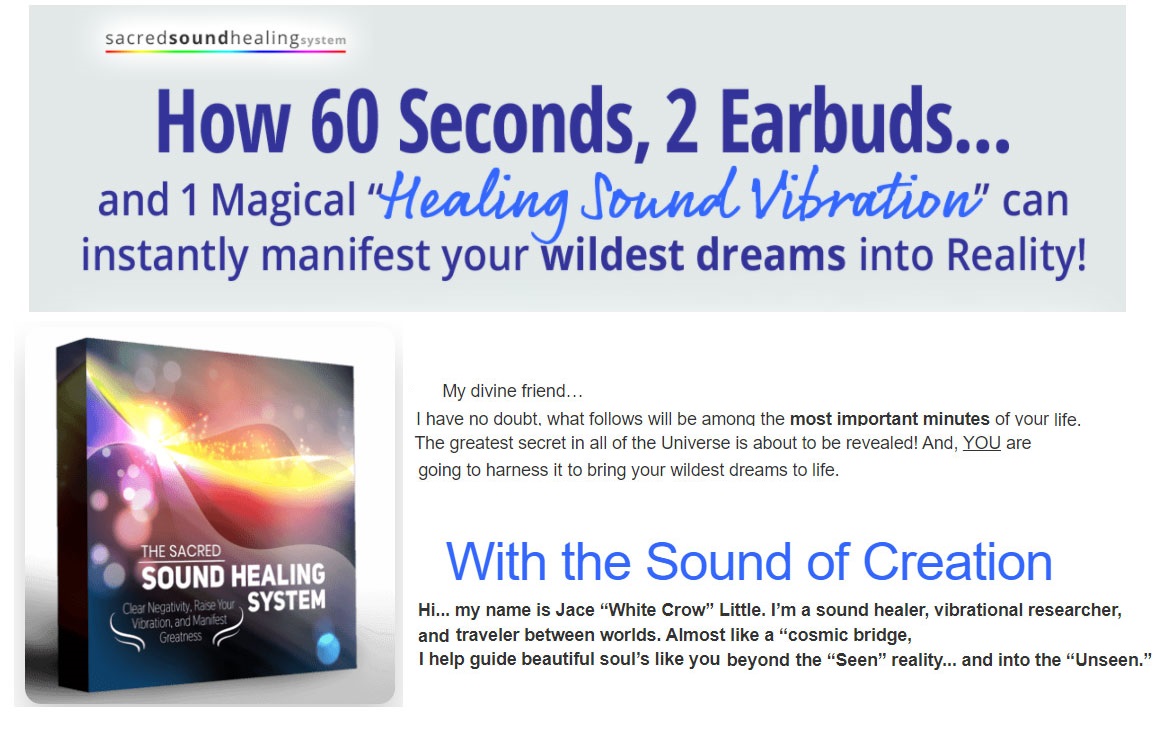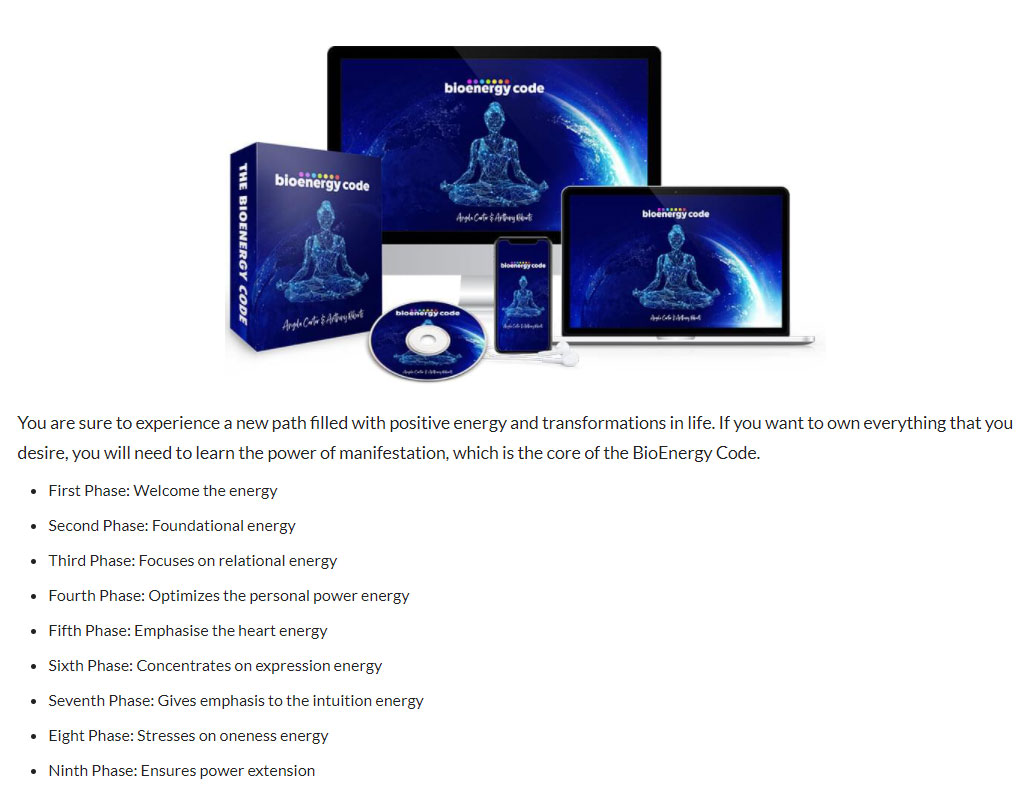Meditation for pain relief
To consider evil as a simple phenomenon, to tame pain so as not to add stress to it, to detach oneself from the part of the body that makes us suffer... these are all recourses that mindfulness meditation allows us to consider. And it works! Explanations and exercises to soothe the pain.
Pain: a warning signal
When we hurt ourselves, a pain is triggered to alert us and invite us to find a solution. It is typically the splinter in the foot or the burn from a dish that has come out of the oven. The information goes up to the brain, along the nerves, to warn us: we must not stay in this position, in this situation! A good way to work on these symptoms is to consider that these inconveniences are phenomena. In meditation, pain is not us. It is a part of our body whose nerve endings are activated. If we can see pain as an alert process, we can step back. Acute pain does not last long. Chronic pain, on the other hand, is a real health problem.
What complicates the situation in chronic pain is that we aspire to an ideal world. We run away from what is unpleasant, have an aversion to what is wrong. And we throw ourselves on medication at the first headache that lasts a little... Suffering? Out of the question! However, pain is not suffering: suffering is the consequence of physical or emotional pain. It is what we do with pain, the interpretation we give it, the judgment. Suffering is one of the possible reactions to pain; but it is not the only one.
Meditation soothes chronic pain
Unfortunately, in chronic pain, when painkillers and all treatments have proven ineffective, mindfulness cannot erase the symptoms. But it can bring relief by changing the way we look at things, our experiences. Without eliminating the pain, we have the possibility to see it differently and to influence it. Numerous studies conducted by the University of Massachusetts testify to the benefits of mindfulness on all kinds of pain. Meditators experience lasting relief, a better body image, and improved mood. Much more than in patients under simple drug treatment.
Scientists are adamant that meditation practitioners react less violently to pain because certain areas of the brain are activated more moderately. These are the areas responsible for cognition (prefrontal cortex), emotion (amygdala) and memory (hippocampus).
A decrease in the activation of pain circuits was also observed. These results represent a small revolution! We now know how to "neutralize" certain areas of the brain normally involved. Meditation creates a particular mental state that somehow unplugs the circuit: we dissociate the cognitive and the sensory, it's not because we think we are in pain that it's true.

No more running away from pain
Learning to live with pain is complex. Our reflex is to run away from what is unpleasant. While in the program we are asked to connect with pain, to face it, in its entirety, in this system of ours. Getting in touch with an unpleasant sensation seems to us as complicated as it is absurd! And yet, making peace with one's pain, not tensing up when it occurs, will automatically reduce its intensity.
Having pain is very particular because we are used to anticipating. We anticipate what is going to be unpleasant. We run away from the unpleasant emotional and sensory experience to the point that we have never observed the extent of the pain. We do not know how to look at it without fear. Only we complicate the problem: in addition to having pain in the moment, we cling to the idea that this pain is hurting us. To put it simply, in addition to being in pain, we are afraid of being in pain.
When we feel helpless in the face of pain, we add stress, despair, anger, sadness... Over time, rather than running away from the pain, which only postpones the problem, we learn to tame it. We explore it, try to get to know it better instead of exhausting ourselves to stop it, get rid of it or escape from it.
Accepting feelings as they are, as they come, is very painful when we are in pain. It's difficult, it's true. Giving up the idea of a life without pain is a real renunciation. But a healthy renunciation.
Changing the relationship to pain
Do you feel any pain? Ask yourself: "Right now, how do I feel? "or "Now, now, now, is this bearable? "Take a step to the side, step back, step up, and look at your pain. There is no longer any question of fighting it, since it will instruct and guide you.
Find out how your mind processes this information. Observe all the automatic thoughts related to your pain: "I'm screwed," "Nothing and no one can do anything for me," "I'm going to be in pain for hours, days, my whole life," "This has got to stop. This step is very important to understand how our interpretation makes us sick. We want to remove this pain because we refuse to have no control over it.
Instead, invite it into your life. In pain, there is always anticipation. We are afraid of being in pain and, as if we were going to get hit, we protect ourselves, we stretch our muscles so that we don't feel what we anticipate. This increases the pain.
If pain takes up all the space in our mind, we are only pain. If, on the other hand, we can return to the present moment, we are no longer our pain.


